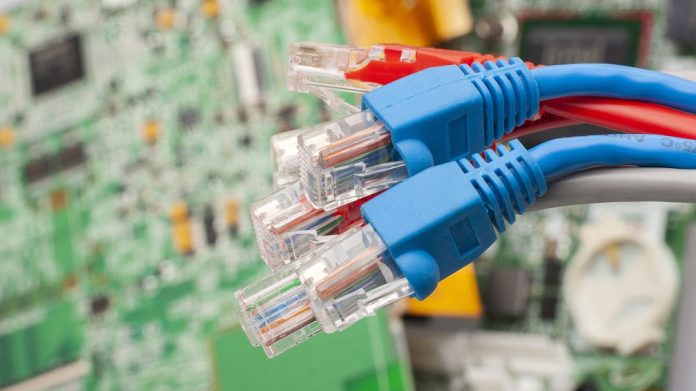Gartner IT’s technology trends of 2020 make for interesting reading and what seems most clear about the future is that integrators and manufacturers are going to need to hang onto their customers operational requirements for dear life.
It isn’t just that there’s plenty going on in technology at the moment, it’s the layered complexity of things – not only in terms of technology but in terms of use case and social acceptance. Technology has reached a point of such possibility that it’s beginning to feel distracting. Importantly, many of the electronic security industry’s best proven technologies are part of the mix – there’s no chance we will be left behind but suppliers will need to think hard about what it’s worth keeping up with.
For a start Gartner sees hyper-automation based on AI and machine learning that will automate processes in a way traditional automation hasn’t been able to manage yet. We’re talking about managing AI and content intelligence when it comes to security electronics, though it will also be applied to manufacturing and process control. With all this AI we’re going to need AI security of an elevated level. According to Gartner, future AI security will depend on protection of AI-powered systems; security of AI training data and trained pipelines and machine learning models; leveraging AI to enhance security defence; and utilizing machine learning and automated cyber security procedures so as to uncover attacks, anticipate attacks and defend against attacks.
Next comes multi-experience or ambient experience, which will be a switch from a 2-D screen and keyboard interface to a dynamic multi-mode interface in which operators would be immersed within interactive technology. When you’re managing multi-input situational awareness, the notion of AI-enabled conversation platforms might be a powerful technology. The ability to display augmented technology – a real time rendering of a site including an intruder with detail coming from live cameras and sensors has its attractions – and its distractions.
Something else Gartner sees having an impact is the democratisation of technology – this is a key area Gartner defines as a focus on application development, data and analytics, design, and knowledge. This includes development sharing and the citizen developer – a sort of lateral movement which allows society to move technology forward via a form of hive mind not limited to R&D departments.
Next comes human augmentation – technology will be used to deliver cognitive and physical enhancements to people such as defence, law enforcement, firefighters and security teams, allowing them to react faster and more effectively. This will include the implementation of smart wearables that will increase safety, enhance operations, improve efficiency and improve personal security.
Security people have been talking about the edge for many years and we’re getting to a point where the empowered edge might become an even more real thing. So many of the industry’s sensors qualify as empowered edge devices, this label that might apply to security electronics generally. There’s edge computing but it’s really system-on-chip smart devices communicating via secure low power comms channels like Z-Wave and ZigBee that appeal most.
The empowered edge sweeps up IoT and includes autonomous devices, which in our industry might include drones, security robots and automated AI-powered PTZs that check in only to report a crime. But it could apply just as readily to clever multi-sensors in smart home applications that detect movement, carbon monoxide, smoke, and water, and well as recording and storing image streams and communicate with users and monitoring companies.
Then there’s distributed cloud – the cloud that’s wherever it needs to be. In a way distributed cloud is a sort of surrender to the challenge of moving big data through myriad small pipes across the country to a handful of big data centres. Anyone who works entirely in the cloud – that includes SEN – knows just what a living death it can be accessing serious amounts of information from a location that does not have fast ethernet grade internet. It’s like returning to the year 1998. You open a folder of images then go away and make a cup of coffee.
For the electronic security industry distributed cloud is important because it combines the best things about cloud with physical proximity, allowing sort of big, secure links our systems demand. With more organisations going to cloud to save space, money, and to enhance the security and reliability of their networks, integrators will be getting increased face time with distributed cloud to the point it’s worth keeping lists of local data centres.
It’s a baffling and exciting take on technology that suggests the future will have a serious impact on our electronic security technologies while fuelling a fierce hunger for their uptake.
#securityelectronicsandnetworks.com









